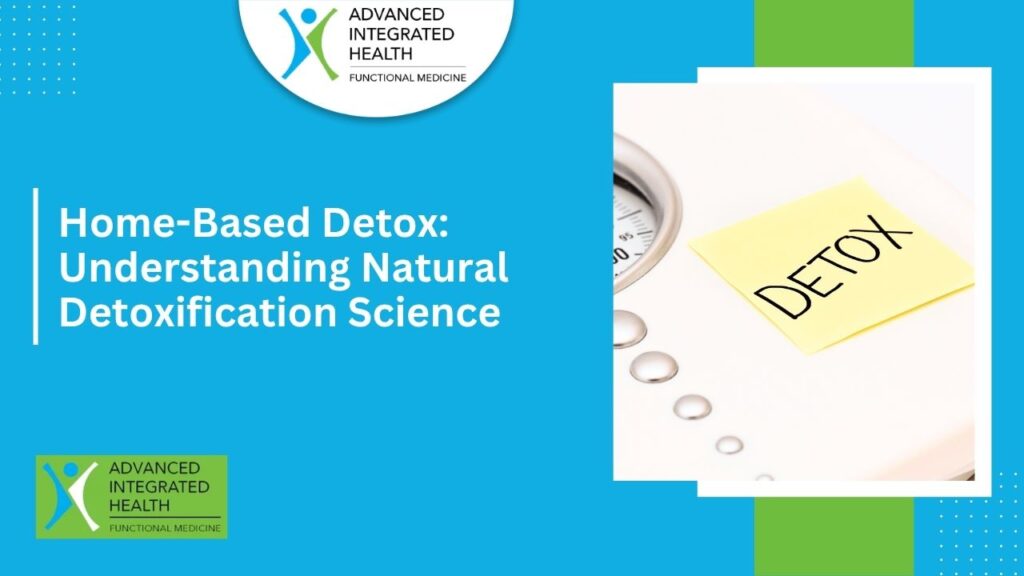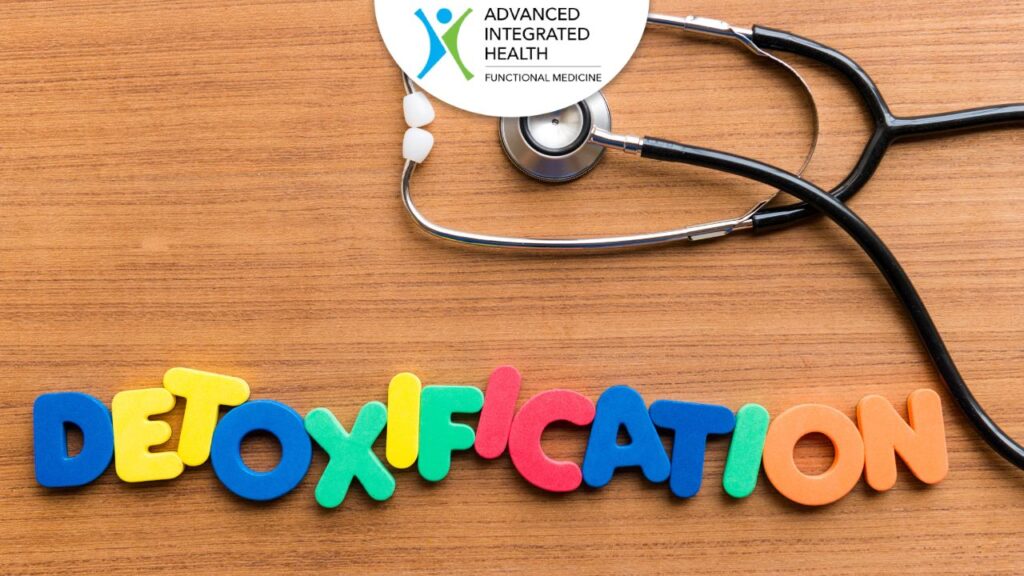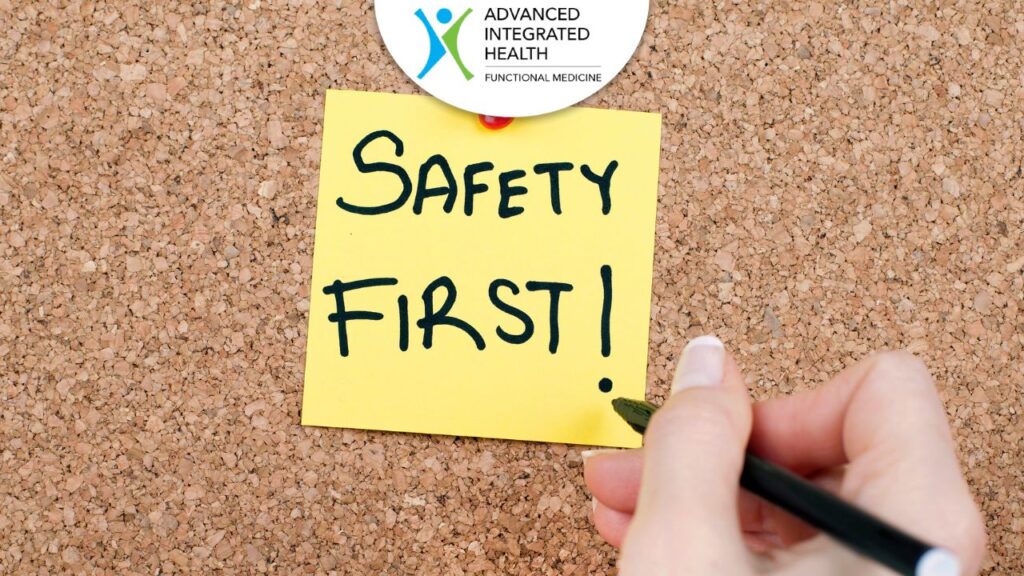An evidence-based exploration of how the human body naturally detoxifies and what science tells us about supporting these processes safely at home.
Key Scientific Facts About Detoxification
- Your body has sophisticated built-in detoxification systems that work 24/7
- The liver performs over 500 functions, including complex detoxification processes
- Certain foods can support and modulate natural detox pathways
- Most commercial “detox” products lack scientific evidence
- Extreme detox diets can be harmful and nutritionally inadequate
- Always consult healthcare providers before starting detox programs
What Is Detoxification? The Science Behind Natural Cleansing
Detoxification is not a trendy wellness concept—it’s a fundamental biological process that occurs continuously in every living cell. According to clinical research, detoxification involves the transformation of potentially harmful substances into water-soluble compounds that can be safely eliminated from the body.
Primary Detox Organs
- Liver: Primary detoxification center, processes 1.5 liters of blood per minute
- Kidneys: Filter 180 liters of blood daily, excrete water-soluble toxins
- Lungs: Eliminate volatile compounds and carbon dioxide
- Intestines: Prevent toxin absorption, eliminate waste
- Skin: Minor elimination pathway through sweat
What Gets Detoxified
Understanding Phase I and Phase II Detoxification
Research published in Nutrition and Metabolism explains that liver detoxification occurs in two distinct but coordinated phases, each requiring specific nutrients and cofactors.
Phase I: Functionalization
Primary Enzymes:
Cytochrome P450 (CYP450) enzymes—a family of over 50 enzymes that process 90% of pharmaceutical drugs and environmental chemicals.
Process:
- Adds oxygen atoms to toxins (oxidation)
- Creates reactive sites on molecules
- Makes fat-soluble toxins more water-soluble
- Often creates intermediate metabolites
Important: Phase I can create reactive intermediates that are more toxic than the original compound, making Phase II crucial for safety.
Phase II: Conjugation
Primary Enzymes:
Transferase enzymes that attach molecules to make toxins water-soluble for elimination.
Conjugation Types:
- Glucuronidation: UDP-glucuronosyltransferases (UGTs)
- Sulfation: Sulfotransferases (SULTs)
- Glutathione conjugation: Glutathione S-transferases (GSTs)
- Acetylation: N-acetyl transferases (NATs)
- Methylation: Methyltransferases
Result: Creates water-soluble compounds that can be safely excreted through urine or bile.
Foods and Nutrients That Support Natural Detoxification
Extensive research documented in peer-reviewed studies demonstrates that specific foods and nutrients can modulate detoxification enzyme activity and support the body’s natural cleansing processes.
Cruciferous Vegetables: Nature’s Detox Boosters
Key Vegetables:
- Broccoli and broccoli sprouts
- Brussels sprouts
- Cabbage
- Kale
- Cauliflower
- Radishes
Active Compounds:
- Sulforaphane: Activates Nrf2 pathways
- Indole-3-carbinol: Modulates CYP enzymes
- Glucosinolates: Enhance GST activity
Research Finding: Clinical studies show cruciferous vegetables increase CYP1A1/1A2 activity in humans and enhance glutathione S-transferase activity by up to 30%.
Berries & Polyphenols
- Blueberries: Anthocyanins
- Black raspberries: Ellagic acid
- Grapes: Resveratrol
- Green tea: EGCG catechins
Spices & Herbs
- Turmeric: Curcumin
- Garlic: Organosulfur compounds
- Ginger: Gingerols
- Cilantro: Heavy metal chelation
Omega-3 Sources
- Wild-caught fish: EPA/DHA
- Walnuts: ALA
- Flax seeds: Lignans
- Chia seeds: Anti-inflammatory
Glutathione: The Master Antioxidant and Detoxifier
Research published in Cell & Molecular Biology Letters identifies glutathione as the body’s most important intracellular antioxidant and a critical component of Phase II detoxification.
What Glutathione Does:
- Neutralizes free radicals and reactive oxygen species
- Conjugates with toxins for safe elimination
- Regenerates other antioxidants (vitamins C and E)
- Protects DNA from oxidative damage
Supporting Glutathione Production:
- N-Acetyl Cysteine (NAC): 600-1200mg daily (study-supported)
- Selenium: Cofactor for glutathione peroxidase
- Alpha-lipoic acid: Regenerates glutathione
- Vitamin C: Spares glutathione consumption
- B-vitamins: Support methylation pathways
- Magnesium: Enzyme cofactor\
Factors That Deplete Glutathione
- Chronic stress
- Excessive alcohol consumption
- Environmental toxin exposure
- Acetaminophen overuse
- Intense exercise without recovery
- Poor sleep quality
- Inflammatory conditions
- Advanced age
Reducing Environmental Toxin Exposure at Home
According to the Environmental Working Group, reducing toxin exposure is as important as supporting elimination pathways.
Improving Indoor Air Quality
- HEPA air filters: Remove 99.97% of particles ≥0.3 microns
- Indoor plants: Snake plants, spider plants, peace lilies
- Ventilation: Open windows daily when outdoor air quality permits
- Avoid: Synthetic fragrances, air fresheners, scented candles
Water Quality Optimization
- Carbon filtration: Removes chlorine, some chemicals
- Reverse osmosis: Removes heavy metals, fluoride
- Testing: Annual water quality testing recommended
- Glass containers: Avoid plastic bottles when possible
Non-Toxic Cleaning
- Natural cleaners: White vinegar, baking soda, castile soap
- Third-party certified: Look for EPA Safer Choice labels
- Read labels: Avoid products with “fragrance” or “parfum”
- DIY options: Simple, effective, cost-efficient
Food and Kitchen Safety
- Organic produce: Especially for “Dirty Dozen” items
- Cookware: Stainless steel, cast iron, ceramic over non-stick
- Storage: Glass or stainless steel over plastic
- Avoid: Heating food in plastic containers
The Science on Commercial Detox Programs
What the Research Shows
According to the National Center for Complementary and Integrative Health (NCCIH):
- A 2015 review found no compelling research supporting commercial detox diets for toxin elimination
- Most detox studies are small, poorly designed, or lack proper control groups
- Claims about toxin removal are often not substantiated by laboratory evidence
Myths vs. Facts:
| Myth | Fact |
|---|---|
| You can “sweat out” toxins | Sweat is 99% water; toxin elimination through skin is minimal |
| Juice cleanses remove accumulated toxins | No evidence that healthy individuals accumulate toxins requiring special removal |
| Colon cleanses are necessary for health | Can disrupt beneficial gut bacteria and cause electrolyte imbalances |
Potential Risks:
- Nutritional deficiencies: Extreme restriction of essential nutrients
- Electrolyte imbalances: Dehydration and mineral depletion
- Drug interactions: Supplements may interfere with medications
- Medical complications: Dangerous for certain conditions
Safety Considerations and When to Seek Professional Help
When NOT to Attempt Home Detox
- Taking prescription medications (especially blood thinners, diabetes medications)
- Pregnancy or breastfeeding
- Heart disease, kidney disease, or liver disease
- Diabetes or blood sugar disorders
- History of eating disorders
- Under 18 years of age
When to Consult Healthcare Providers
- Heavy metal testing: If you suspect environmental exposure
- Genetic testing: CYP450 variants affect detox capacity
- Comprehensive testing: Organic acids, nutrient status
- Personalized protocols: Based on individual health status
- Supervised programs: For those with health conditions
Evidence-Based Approaches to Supporting Natural Detox at Home
Nutritional Support
- Hydration: 8-10 glasses of filtered water daily
- Fiber: 25-35g daily from whole foods
- Protein: Complete amino acid profile
- Healthy fats: Omega-3s, monounsaturated fats
- Antioxidants: Colorful fruits and vegetables
- Limit: Processed foods, excess sugar, alcohol
Lifestyle Factors
- Sleep: 7-9 hours of quality sleep
- Exercise: Regular moderate activity
- Stress management: Meditation, yoga, deep breathing
- Sauna: 2-3 sessions weekly (if appropriate)
- Lymphatic support: Dry brushing, massage
- Avoid: Smoking, excessive alcohol
Research-Supported Supplements
- NAC: 600-1200mg daily
- Milk thistle: Liver support
- Alpha-lipoic acid: 300-600mg daily
- Vitamin C: 1000-2000mg daily
- Magnesium: 300-400mg daily
- B-complex: Methylation support
Frequently Asked Questions
How long does natural detoxification take?
ADetoxification is a continuous process. Your body detoxifies 24/7, but supporting optimal function through nutrition and lifestyle may show benefits within 2-4 weeks.
Can I detox if I have health conditions?
Always consult your healthcare provider first. Many health conditions affect detoxification pathways, and some interventions may be contraindicated.
Are expensive detox supplements necessary?
No. A whole foods diet rich in cruciferous vegetables, antioxidants, and adequate protein provides most nutrients needed for optimal detoxification.
How do I know if my detox pathways are working properly?
Functional medicine testing can assess detoxification capacity through organic acid tests, genetic polymorphism analysis, and nutrient status evaluation.
What about coffee enemas and colon cleanses?
There’s limited scientific evidence supporting these practices. They may disrupt beneficial gut bacteria and can cause electrolyte imbalances. Focus on fiber-rich foods for natural colon health.
Key Takeaways
What Science Supports:
- Your body has sophisticated natural detoxification systems
- Specific foods can support and modulate detox pathways
- Reducing toxin exposure is as important as supporting elimination
- Lifestyle factors significantly impact detoxification capacity
What to Avoid:
- Extreme detox diets or cleanses
- Unproven commercial detox products
- Self-treating serious health conditions
- Detox programs without professional guidance if you have health issues
The most effective “detox” is supporting your body’s natural processes through evidence-based nutrition, lifestyle practices, and reducing unnecessary toxin exposure.
Scientific References
- Hodges, R. E., & Minich, D. M. (2015). Modulation of metabolic detoxification pathways using foods and food-derived components: a scientific review with clinical application. Journal of Nutrition and Metabolism, 2015, 760689.
- National Center for Complementary and Integrative Health. (2022). “Detoxes” and “Cleanses”: What You Need To Know. NIH Publication.
- Rushworth, G. F., & Megson, I. L. (2014). Existing and potential therapeutic uses for N-acetylcysteine: the need for conversion to intracellular glutathione for antioxidant benefits. Pharmacology & Therapeutics, 141(2), 150-159.
- Environmental Working Group. (2024). 7 ways to detox your home (and keep it clean) year ’round. EWG Guidelines.
- Institute for Functional Medicine. (2023). Toxins & Detoxification: Clinical Applications. IFM Educational Materials.
- Pizzorno, J. (2014). The kidney dysfunction epidemic, part 1: causes. Integrative Medicine Research, 3(4), 216-226.
- Lu, S. C. (2013). Glutathione synthesis. Biochimica et Biophysica Acta, 1830(5), 3143-3153.
Medical Disclaimer: This content is for educational purposes only and is not intended as medical advice, diagnosis, or treatment. Always consult with qualified healthcare professionals before making changes to your health regimen, especially if you have existing medical conditions or are taking medications. Individual responses to detoxification support may vary.

Dr. Bob was born and raised in Florham Park, New Jersey.
He loved the philosophy of vitalism, which teaches about the incredible, innate intelligence of our bodies and its power to self-heal when given the opportunity.


